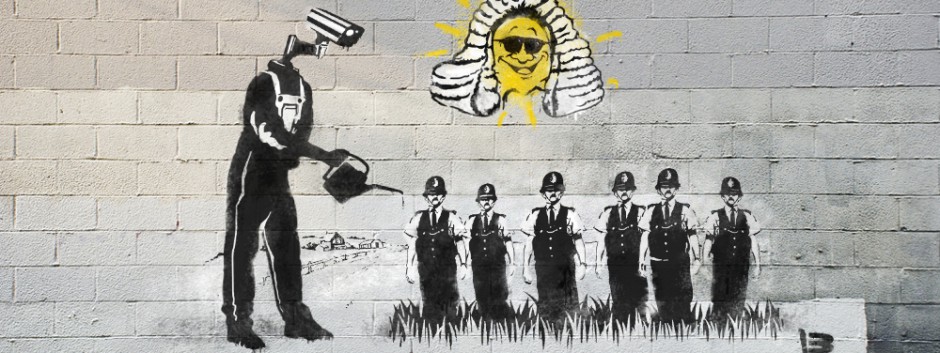“In other words, there was considerable diversity in the forms of protest and in the shape of the occupations. But what is clear is the fast spread of the movement throughout the entire geography of the country: Mosier, Oregon, population 430, may have been the smallest town to have an occupation, and every state had at least one occupied site-even North Dakota, the last one to start a camp.” Castells, 163.
Literally: The literal meaning of this passage is that the “occupy” movement was quickly taking over all of United States. It’s effects were evident in the countless gatherings held throughout the country. Regardless of how the occupation gatherings were held, or where, it quickly set ablaze the whole country with cries of outrage.
Intellectually: When reading this passage, I am taken back to a previous reading done in the class. “Zapatismo and the Global Origins of Occupy” by Thomas Nail also talks about the “occupy” movement in great detail. This passage brings to light how the gatherings were not organized with a specific head of the movement appointed. Because of that, the gatherings were taking place randomly throughout the country simply because people were outraged, not because they were following the commands of a dictator of this democracy-demanding movement.
Emotionally: When I am reading this passage, great movements such as “occupy” seem doable. It isn’t looking to reform the entire government, but simply is asking for liberty. From one gathering in one state on a particular day, you can reach all fifty states on another.



